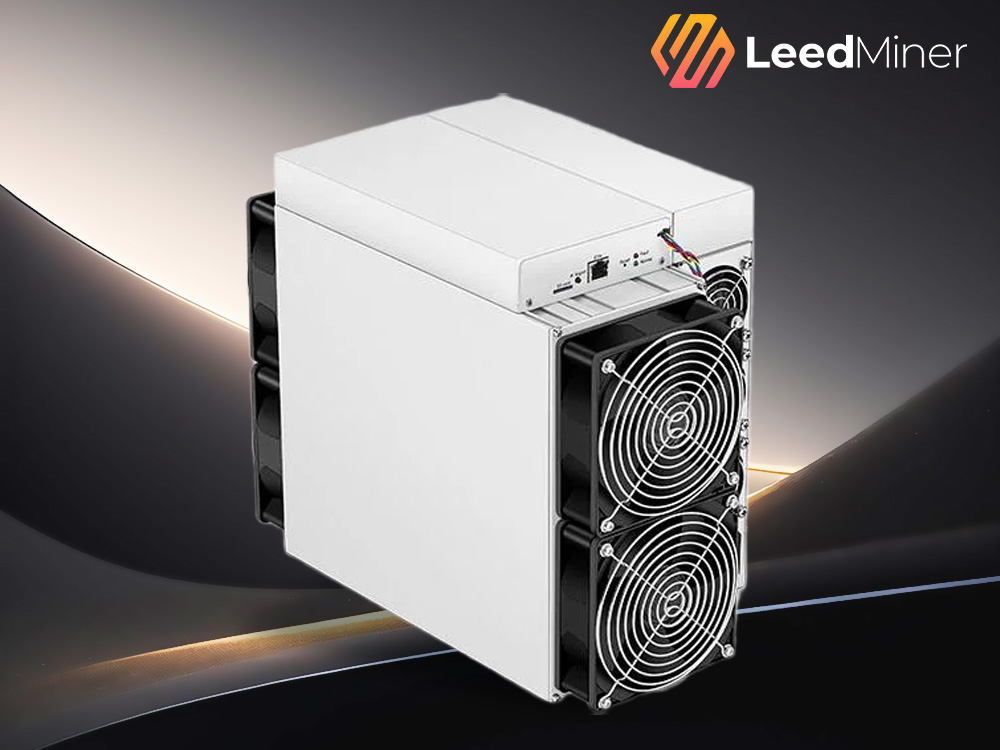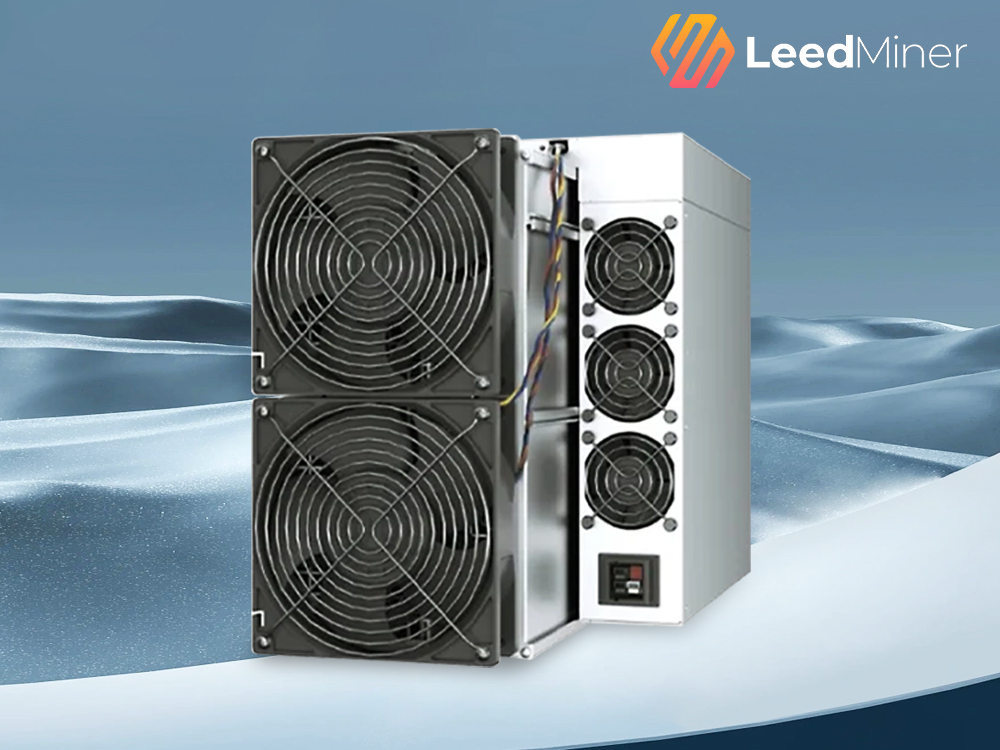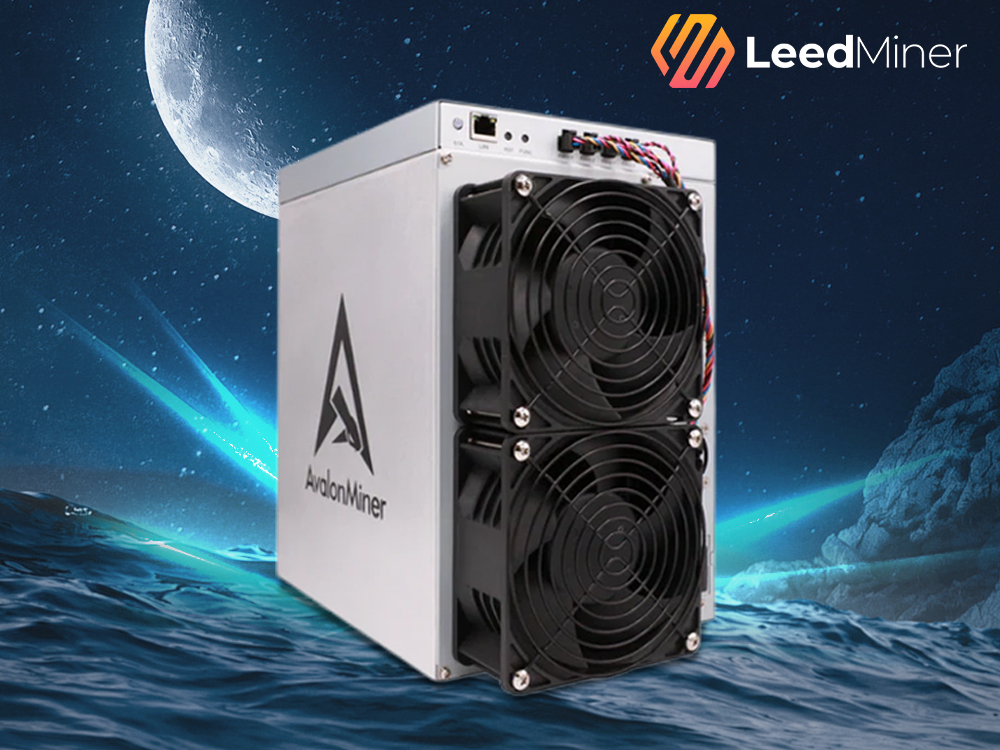
How Does Bitcoin Mining Work in 2025?
Bitcoin mining is the decentralized process through which new Bitcoins are created and transactions are securely added to the public ledger, known as the blockchain. It is a critical component that ensures the network’s security, integrity, and trustlessness.
What Are the Key Steps in the Bitcoin Mining Process?
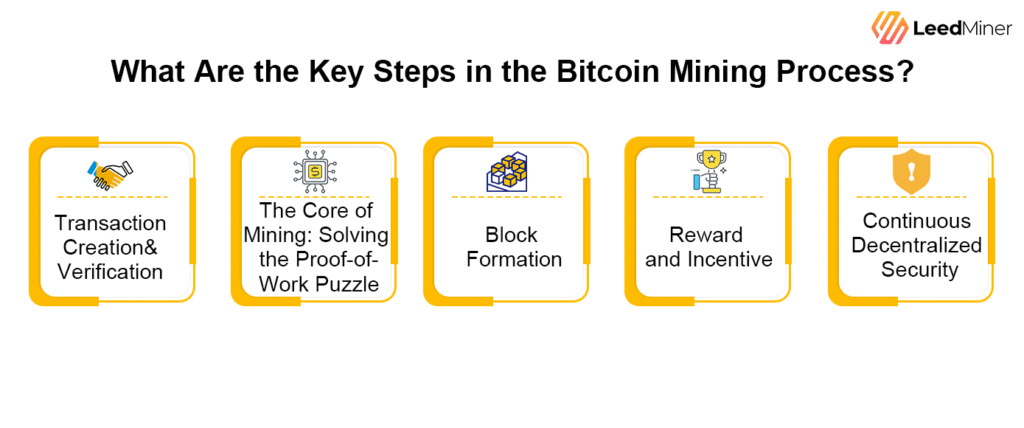
1.Transaction Creation& Verification
The process begins when a user sends Bitcoin to another wallet. This transaction enters the mempool—a database of unconfirmed transactions waiting to be validated.Miners group unconfirmed transactions into a potential block and attempt to solve a complex cryptographic puzzle known as the Proof of Work (PoW).This process requires immense computational power and energy, serving as a safeguard against fraud and double-spending.
2.The Core of Mining: Solving the Proof-of-Work Puzzle
This is the most computationally intensive step. Miners must now compete to solve a complex cryptographic puzzle. This “Proof-of-Work” (PoW) requires massive amounts of computational power and electricity, as miners essentially make trillions of random guesses per second.
3.Block Formation
Once a block is successfully mined, the miner will package all verified transactions into a new block, which will become a permanent part of the blockchain, forming an immutable Bitcoin transaction ledger.
4.Reward and Incentive
The successful miner who solved the puzzle is rewarded for their effort and investment.
5.Continuous Decentralized Security
Each new block strengthens the network’s security. Because Bitcoin operates without a central authority, miners collectively maintain consensus and transparency. This decentralized process prevents manipulation, censorship, and fraud, allowing the Bitcoin ecosystem to remain trustless and self-sustaining.
How Are New Bitcoins Mined in 2025?
In 2025, new Bitcoins are created through the process of Bitcoin mining, where miners use advanced ASIC machines to verify transactions and add new blocks to the blockchain. Each time a miner successfully solves a cryptographic puzzle, they receive a block reward of 3.125 BTC, following the most recent Bitcoin halving in 2024.
This controlled reward system ensures that Bitcoin’s total supply remains limited to 21 million coins, maintaining scarcity and long-term value.
As block rewards gradually decrease over time, transaction fees are becoming a more significant incentive for miners, helping sustain network security and participation.
What Equipment Do You Need for Bitcoin Mining in 2025?
In 2025, successful Bitcoin mining relies on high-performance hardware designed specifically for solving complex cryptographic puzzles. The most common equipment is the ASIC miner (Application-Specific Integrated Circuit)—machines engineered solely for Bitcoin’s SHA-256 algorithm. These miners deliver exceptional hashing power and energy efficiency, far surpassing traditional GPU rigs that are better suited for other cryptocurrencies.
Before setting up a mining operation, it’s crucial to evaluate both hash rate and power consumption, as these determine overall profitability. The most efficient ASIC miners balance strong performance with lower electricity usage, helping offset rising energy costs. Additionally, effective cooling systems and reliable power supplies are vital for maintaining stability and prolonging hardware lifespan.
In short, Bitcoin mining in 2025 is driven by specialized ASIC hardware, optimized energy management, and smart infrastructure planning—ensuring miners can stay competitive in an increasingly advanced and efficient mining landscape.
What are the best mining options for beginners?
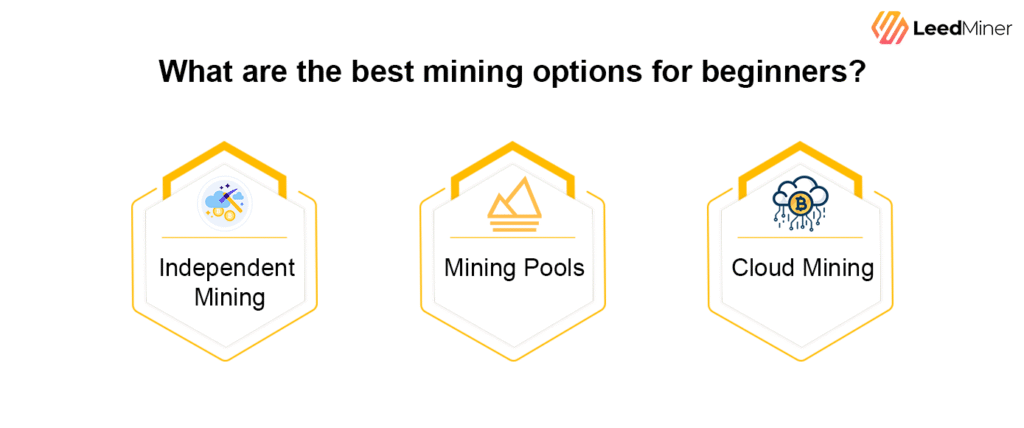
For beginners, there are three main ways to enter the Bitcoin mining field: independent mining, joining a mining pool, or using cloud mining services. Each method differs significantly in cost, difficulty, and potential returns.
1.Independent Mining
In 2025, independent mining is virtually impossible for beginners. This method requires miners to calculate block hashes independently using their own equipment, competing with a vast global network of miners. Unless you own a large-scale mining farm, independent mining in 2025 is an extremely risky investment with a negative expected return.
2.Mining Pools
For the vast majority of beginners, joining a mining pool is the only realistic option. Mining pools aggregate the computing power of a large number of miners worldwide to mine together, significantly increasing the frequency of obtaining block rewards. Upon success, the reward is distributed according to the proportion of computing power contributed by each miner.
3.Cloud Mining
Is Cloud Mining Safe for Beginners in 2025? Cloud mining allows users to rent computing power from mining companies through contracts, eliminating the need to purchase and maintain hardware themselves. However, it carries extremely high risks, and beginners should exercise extreme caution.
Security Advice: If considering cloud mining, be sure to choose only top-tier, reputable companies with a proven track record in the industry, and start with small amounts, thoroughly researching the contract details.
How Can a Beginner Actually Start Mining Bitcoin?
Putting theory into practice requires a clear action plan.
1.What Steps Are Needed to Prepare for Mining?
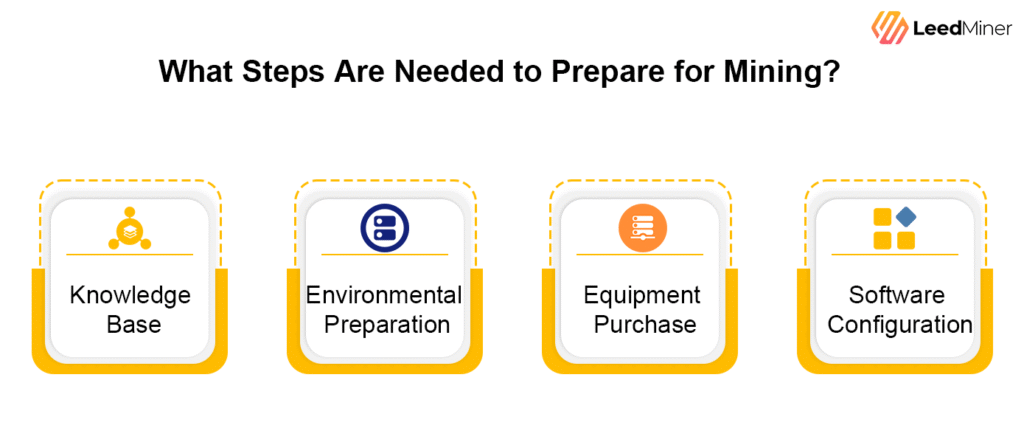
Knowledge Base: Gain a solid understanding of Bitcoin mining concepts.
Feasibility Analysis: Use a profit calculator to accurately calculate your costs based on local electricity costs.
Environmental Preparation: Ensure a stable power supply, robust ventilation and cooling systems, and address equipment noise.
Equipment Purchase: If you decide to build your own mining machine, choose an ASIC with high energy efficiency.
Software Configuration: Register for a mining pool account, download the mining software, and point your mining machine to the pool address.
2.What Factors Affect Mining Profitability?
Mining profit is not a fixed value; it’s a complex mathematical problem involving multiple variables.
Hashrate: The number of hash operations your device can perform per second (e.g., 100 TH/s), determining your “workload.”
Power Consumption: The power consumption of your device during operation (e.g., 3000W), directly determining electricity costs.
Electricity Costs: The price per kilowatt-hour (e.g., $0.05/kWh), the largest ongoing operating cost.
Bitcoin Price: Determines the fiat currency value of your mining output.
Network Difficulty: The level of competition for mining across the network, adjusted approximately every two weeks. Increased difficulty reduces profits.
Block Reward: The reward for each new BTC block (3.125 BTC after the 2024 halving).
3.How Do You Use a Mining Profit Calculator?
A mining profit calculator (such as those provided by WhatToMine and CryptoCompare) is an essential tool. It’s very easy to use:
Select Bitcoin (BTC) as your mining currency.
Enter your device’s hashrate and power consumption.
Enter your local electricity cost.


